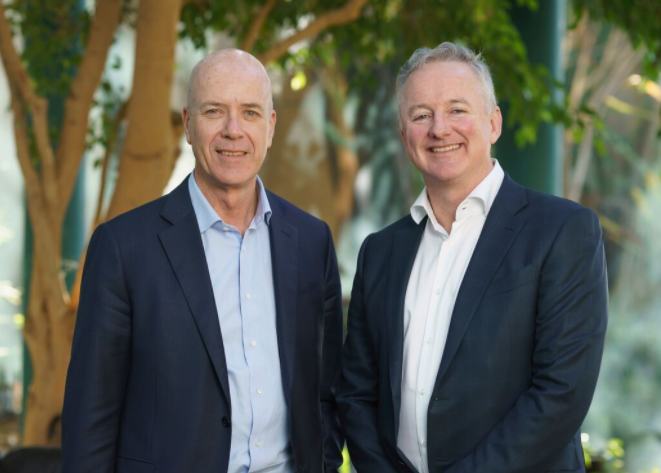Advertising opportunities, staff cuts and Fairfax disappears: What the Nine Fairfax Media merger will look like
Nine CEO Hugh Marks and Fairfax Media CEO Greg Hywood have broken down some of the bigger questions for investors and the media about the proposed merger between the companies. Mumbrella’s Zoe Samios provides you with a wrap.
The proposal to merge Nine and Fairfax Media would have to be one of the biggest deals in Australia’s modern media history.
Two of Australia’s biggest media brands – one a traditional television business and the other an independent legacy publisher with a history dating back more than 150 years – are set to come together before the end of the year.



There is nothing more fake that the claim that this merger improves the scale of the businesses. It simply does not add scale
the major problem with mergers or take overs is that one side always loses more than the other side wins and with the fairfax companies they are involved in surely outweigh the nines proposal for instance Domain now around the $3.50 mark and the Radio Stations around the $2 mark oh yes and there is Stan which 9 already holds 50% of in partnership with fairfax and the story goes on and on so what is in it for fairfax very very little loss of face and name and so the story goes on yes it is doom and gloom goes on
great points altogether, you just won a logo
new reader. What could you recommend in regards to your post that
you simply made some days in the past? Any positive?